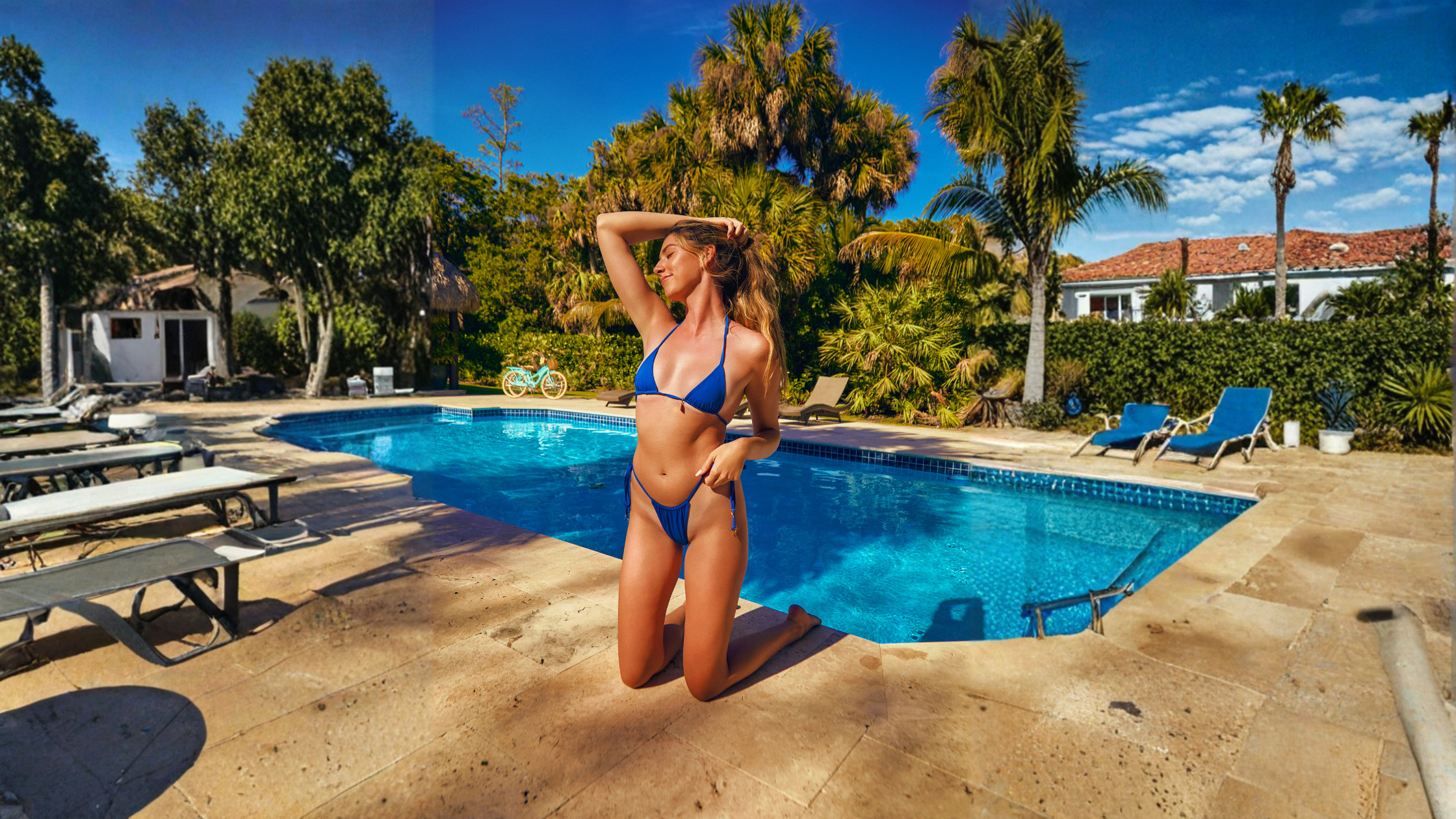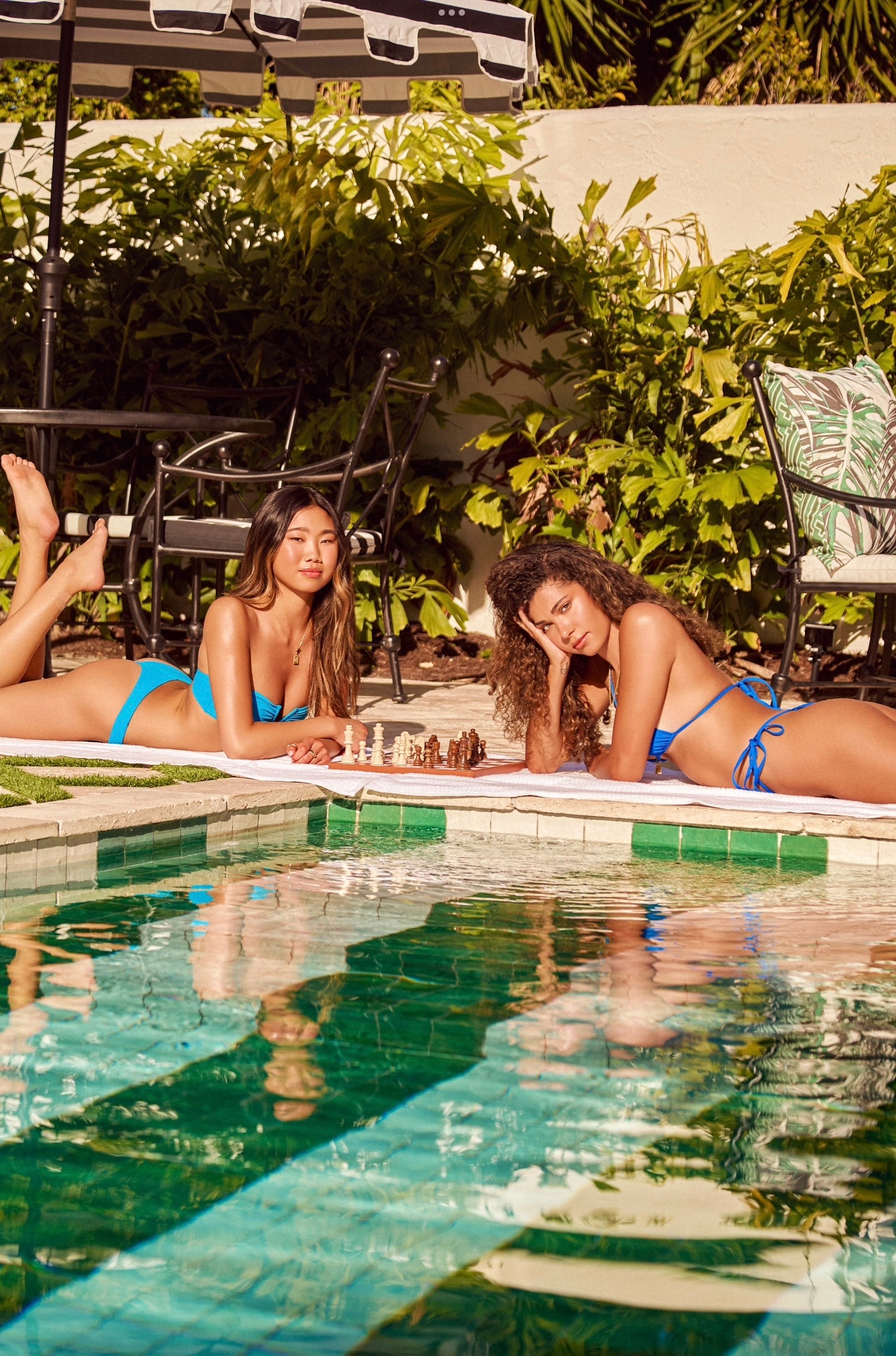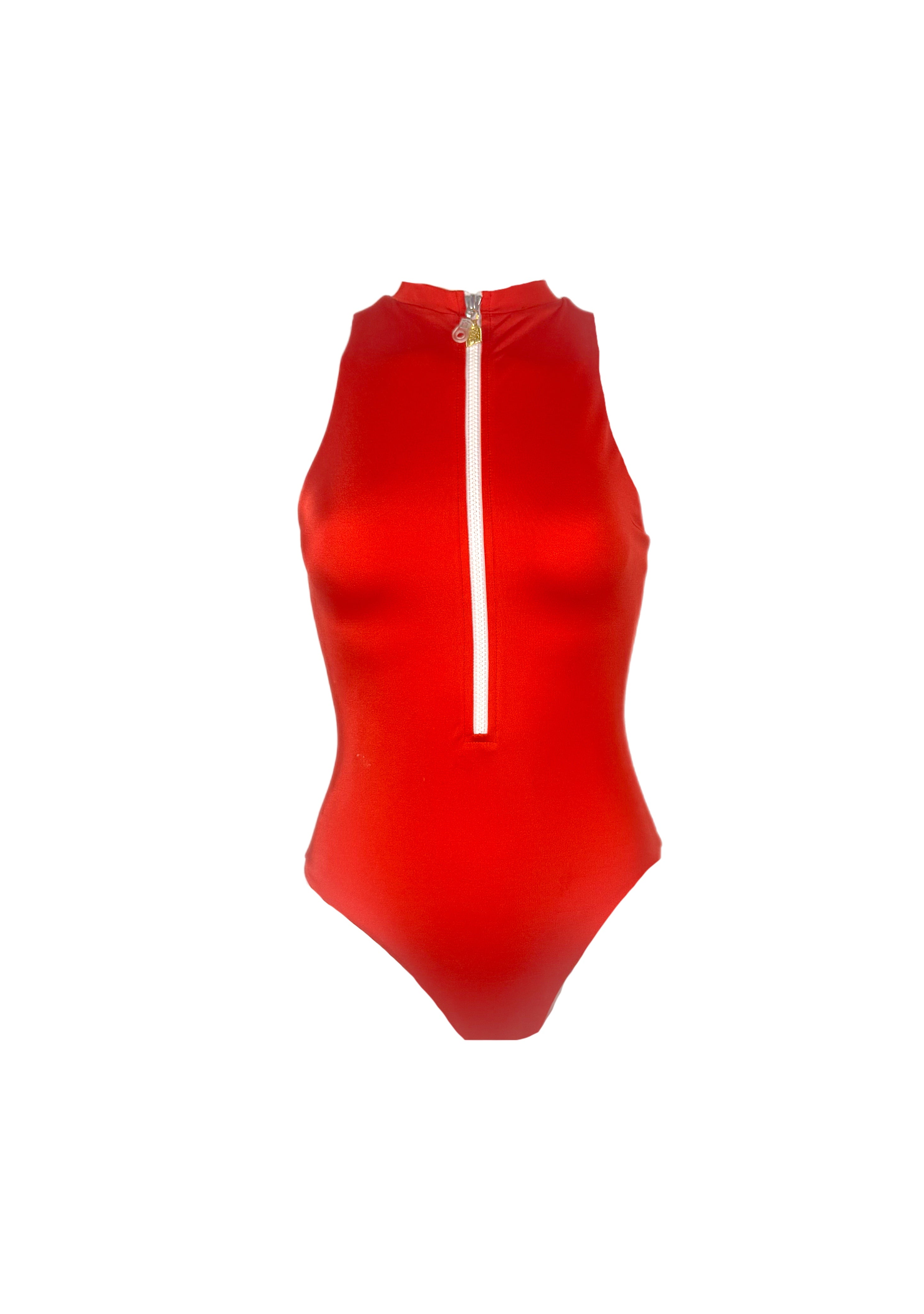If you train regularly in the water—swimming laps, doing water aerobics, water fitness classes, or any kind of aquatic sport—your swimwear isn’t just about looking good. It’s about performance, comfort, durability, and support.
The wrong suit can cost you time, irritate your skin, distract you, or wear out fast. In this guide, we’ll go through what to look for when choosing swimwear for athletes, so you feel confident, perform at your best, and enjoy every session.
What Makes Swimwear for Athletes Different?
Before shopping, it helps to understand what features set athletic swimwear apart:
- Support & structure: Unlike casual beachwear, athletic swimwear must stay in place, resist tugging or shifting, especially with frequent movement.
- High‐performance fabrics: Quick drying, chlorine resistant, UV protection, elasticity for freedom of movement.
- Durability: Repeated exposure to chlorine, salt water, friction — the suit must hold up.
- Design for movement: Back styles, straps, leg cuts, straps that won’t dig in.
These features are more than style—they affect how you swim, how it feels, and how long your suit lasts.
Key Factors to Consider
Here are the most important criteria to evaluate when choosing swimwear for your training or athletic use.
1. Fabric Quality & Material
- Chlorine resistance: Fabrics with high chlorine tolerance (polyester blends, special Lycra/Spandex enriched with durable fibers) last longer when regularly exposed to pool chemicals.
- Stretch and recovery: A good athletic suit should stretch with movement (arms, torso, legs) and spring back so it doesn’t sag after a few swims.
- Quick dry & UV protection: Water fitness or aerobics often occur outdoors; sun exposure can damage both fabric and skin.
2. Fit & Cut
- Secure fit: A suit that’s too loose shifts; too tight restricts breathing or motion. The rule of thumb: if you lift your arms, straps stay in place without digging in.
- Back style / Straps: Racerback, cross‐back, thick vs thin straps—this impacts shoulder movement and how much support you get, especially if you're doing strokes or vigorous arm work.
- Leg cut and torso length: High leg cuts can free movement; if you have a longer torso, check that the suit won’t be overly tight or ride up. Also consider how the suit fits around hips / butt—important in water aerobics with kicks and movement.
3. Support (Especially for Women Athletes)
- Built-in support: Options such as shelf bras, underwire (if comfortable), padded cups, or reinforced bust panels. These matter for both performance and comfort.
- If you need more bust support, styles with secure structure—avoid flimsy straps that shift. This is especially critical if you often do vertical movements (jumping, kicking, etc.).
- On the flip side, some women prefer compression or smooth front suits rather than underwires for training—less risk of chafing.
4. Style Types: One‐Piece vs Two‐Piece vs Training Bikinis
- One-pieces are often safest for full support, streamlined shape, minimal friction. Great for lap swimming, water polo, swim training.
- Two-piece / training bikinis can work if designed with stability (tight bottoms, supportive tops). Good for classes, lounging, when you want more freedom.
- Specialized suits: For water aerobics or water fitness, sometimes tankinis, sport-style bikinis, or suits with skirts/shorts are helpful. They permit movement without worrying about exposure.
5. Durability & Care
- Look for double‐stitched seams or bonded seams that handle stress without tearing.
- Strong elastic in straps and around leg/waist openings to keep shape.
- After purchase, care matters: rinse fresh water after pool, avoid wringing, dry flat out of direct sun. This preserves elasticity and color.
Try These
- Swimwear for water aerobics: Look for styles that allow jumpy movements, good bust support, decent bottom coverage, non-slippery fabrics.
- Water fitness swimwear: Often one-piece or sport tankini designs with reinforced bust, thicker lining, good stretch, modest but functional cuts.
- Active swimwear womens: Women’s cuts that combine active performance (support, durability, motion) plus flattering design—so you feel confident and athletic both.
Also Read - Bikini Tops vs. Bras: Which One Is Right for You
Styles You Might Love
While performance is critical, style still matters. Here are some style elements for inspiration / internal browsing:
- If you like bikini underwire bra styles, check for swimwear tops with underwire or supportive reinforced shelf bras—helpful if you need extra bust lift.
- Looking for bikini tops for small breasts? Push-up or lightly padded tops, adjustable straps, triangle shapes with ties can help enhance shape while still giving you athletic security.
- Need a triangle bikini for big bust? Seek those with wide straps, strong band, maybe under‐wire or side boning. Make sure they’re rated for higher support.
Real-world Insights & Expert Tips
These are distilled from coaches, swimwear designers, and athlete feedback:
- A swim coach once told me: “If you adjust your suit more than twice in a 30-minute training, it’s not the right suit.” Any suit that shifts or rides up distracts.
- Many elite swimmers avoid thick or heavily padded bust structures during training, because that can chafe during thousands of arm strokes. They often have lighter-support training suits and reserve heavier structure for competition.
- Brands that test their suits for longevity post-chlorine exposure tend to produce suits that maintain color and stretch over many seasons—worth investing a bit more.
- Personal body changes (muscle, humidity, weight) affect fit: having options (adjustable straps, flexible panels) helps.
Bringing It All Together: Your Checklist
Here’s a quick checklist you should run through before buying swimwear for athletic or training use:
- Measure yourself: bust, underbust, hips, torso length.
- Match your activity: Are you doing laps, cardio moves, a lot of vertical motion, training vs competition?
- Try it on and test movement: Raise arms, bend knees, jump — nothing should dig in, shift, feel loose.
- Check fabric tag & care instructions: Look for chlorine resistance, quick-dry, stretch, and how to care for it.
- Budget vs durability: Sometimes spending more now saves money—durable fabric, quality seams mean fewer replacements.
Also Read - What Happens When Women Wear Bikinis That Are Too Small
Choose the Swimwear That Empowers You
Choosing swimwear for athletes and training isn’t just about having something water-friendly—it’s about giving yourself gear that supports your goals, comfort, and confidence. Whether you prefer a sleek one-piece for swim training, a sporty two-piece for water aerobics, or a triangle bikini for big bust or bikini underwire bra for support/style, the right fit matters.
As you shop, ask yourself:
- Do I feel confident moving, diving, stretching in this suit?
- Will this hold up through many swims and washes?
- Is the support and coverage tuned to my workout?
Take action: pick one or two suits that meet your top criteria, try them in a low-stakes water session, and compare how they feel. Over time you’ll know which brands, cuts, and materials work best for you.
FAQs
- What is the best material for swimwear for athletes?
Ans. A high-quality blend such as polyester + Lycra/Spandex (or elastane), with features like chlorine resistance and quick dry. Avoid fabrics that sag quickly or lose elasticity after a few uses.
- Should female athletes choose underwire or non-underwire swimwear?
Ans. It depends on comfort, activity level, and bust size. Underwire or structured shelf bras offer extra lift and separation, which is helpful for larger busts or vigorous movements. Non-underwire may reduce chafing and be more comfortable for endurance workouts.
- How should swimwear for water aerobics differ from lap swimming suits?
Ans. Water aerobics often requires more bottom coverage, secure tops that won’t shift during vertical motion, and fabrics that resist chlorine. Lap swimming prioritizes minimal drag, streamlined cuts, and strong upper support.
- How do I ensure proper fit in athletic swimwear?
Ans. Measure bust, underbust, torso and hips. Try the suit, raise arms and move around. If straps slip or leg openings cut in, size or style may be off. Look for adjustable straps or more forgiving fabrics when needed.
- How do I care for swimwear to make it last longer?
Ans. Rinse immediately after swimming; wash by hand with mild soap; avoid wringing and hot water; dry flat in shade; store away from rough surfaces; rotate between suits so elasticity can recover.







